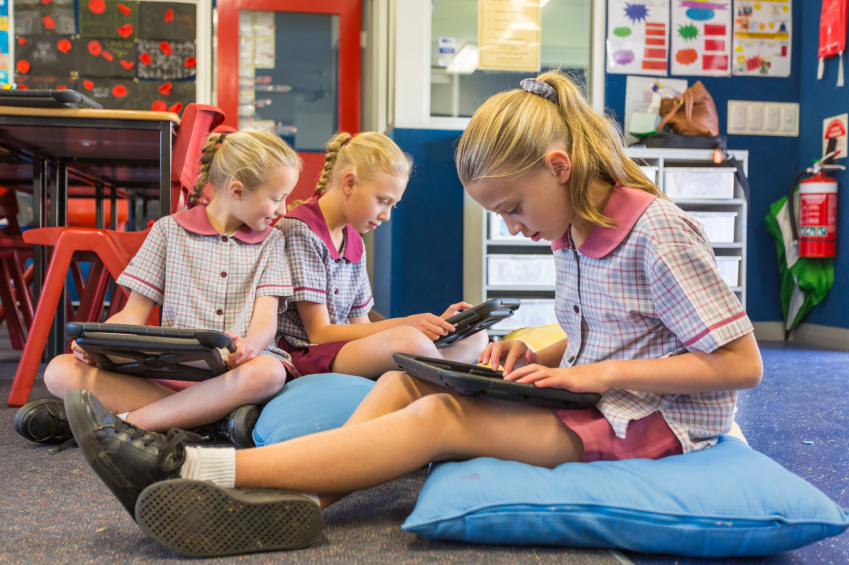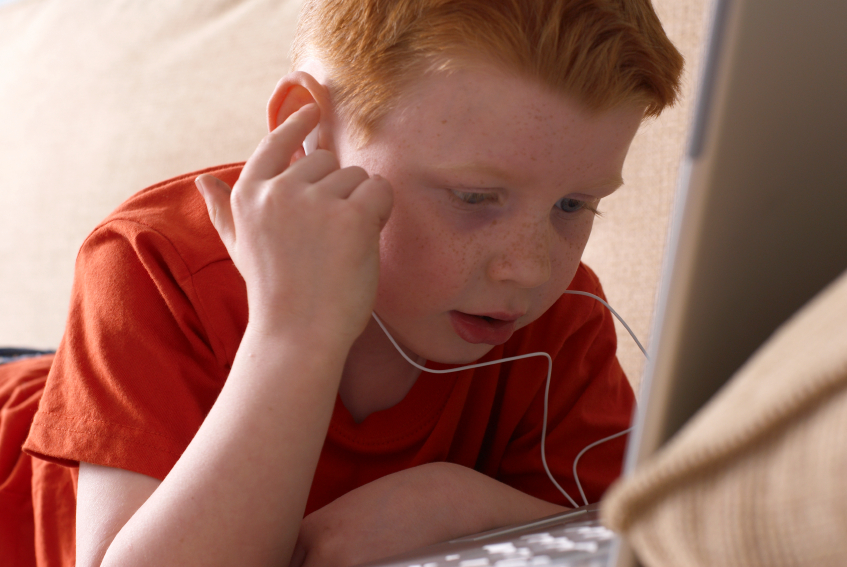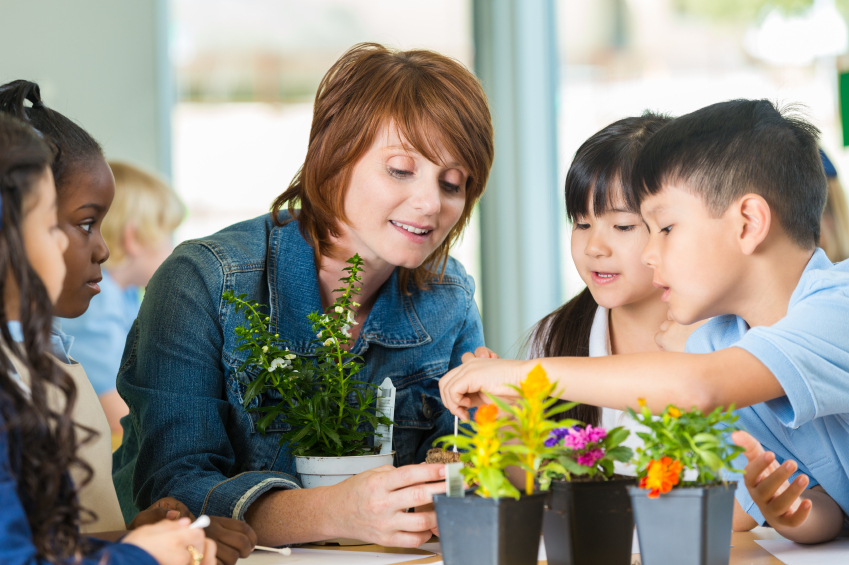Blended vs Flipped… What Are We Really Talking About?
- October 29, 2015
- By Kimberly Greene
With so many 21st century education technology terms being tossed about these days, it’s very easy to get caught up and confused in a swirl of language and terminology. One especially confushing distinction is the difference between blended learning and and a flipped classroom. I attend many different conferences and speak to teachers who think they’re doing blended learning when actually they’re actually doing flipped and vice versa. Some parents don’t even realize there’s a difference between the two. Making sure everyone understands the distinction helps open up a much more direct conversation about the advantages of using technology in an educational setting, which can be really empowering for educators and most importantly, students.

Blended learning is an extension of the classroom through the use of technological tools. Its focus is on continuing what was begun inside the bricks and mortar learning environment. Blended learning should deepen the student’s experience with material by offering individualized involvement at their own pace.
One example of a blended activity is a “threaded discussion forum,” where the teacher asks a question on a digital platform and all students post responses to not only that initial prompt, but also to each other. Ideally, this activity engages genuine conversation inside and outside of class, with engaging dialogue happening online and also in person. The initial question posted by the teacher should be based upon what the class has been doing, studying, or examining in the classroom, and crafted in an open-ended, exploratory fashion. Each student should be able to share his or her thoughts, feelings, and questions on the topic in a manner that moves the discussion forward.
In a blended learning environment, the facts or the core knowledge of the topic are not the focus of using technology– this work is all about the student digging into different ways of thinking about information and more meaningfully deconstructing what was taught in class. This allows them to craft their own research methods at their own pace, after a strong foundation of learning in the classroom.

A flipped classroom is when the student prepares for the next day’s lessons and activities before entering the classroom, so that face-to-face class time is spent more interactively. Typically, homework for a flipped classroom will be a video with narration, examples, and questions the teacher wants the students to think about before coming into school, but more and more simulations and virtual study guides are being used and the feedback from teachers and students has been very positive. One wonderful example is assigning a Khan Academy video on a specific math concept the night before it is introduced in class, so the next day the students come in with specific, informed questions.
The idea is that this enables a far more engaging experience for the learner in the presence of his or her teacher and fellow classmates because everyone has had the time and opportunity to examine the content in an environment that is most conducive to their personal learning- be that in a corner of their bedroom or at the local library or where ever the student typically hunkers down for homework. By putting this preparation for engaging learning into the hands of the student, it frees the teacher to focus on application and understanding of the topic and skills rather than focusing on getting through the material in whatever time is allotted.

Both of these methodologies offer both teachers and students a great deal of flexibility in their direct interaction with the intended learning. So, which one is “better”? That question is a Red Herring; it draws focus away from the real question we should be asking, which is, “What is the desired outcome of the learning, and how can the instructional experience be designed so that it best meets the needs of all the students?”
With that understanding, the teacher is then in the position to decide how he or she can most meaningfully engaged students in the learning process- be that through more home prep before the in-class activities (flipped) or by extending the classroom learning through more exploration and experimentation of the topics in an individualized fashion (blended.)
Personally, as a Professor of Education (essentially a “teacher’s teacher”) I use both methods for different courses and honestly, I do sometimes switch in the middle of a class if I note that the needs of my students aren’t being sufficiently met. Because when push comes to shove — and with a respectful shout-out to the Hokey Pokey — ensuring the elements of the learning process (content, activities, experiments, projects, communication, or assessments) authentically serve the learner’s growth and maturation is what it’s all about.

Kids Discover Talks with Television Lighting Designer Christopher Landy About the Rockefeller Center Christmas Tree Lighting
- December 9, 2025

It’s the Most Wonderful Time of the Year… For Community Service Projects!
- December 8, 2025

The Rockefeller Center Christmas Tree Lights the 2025 Holiday Season in New York City
- December 3, 2025